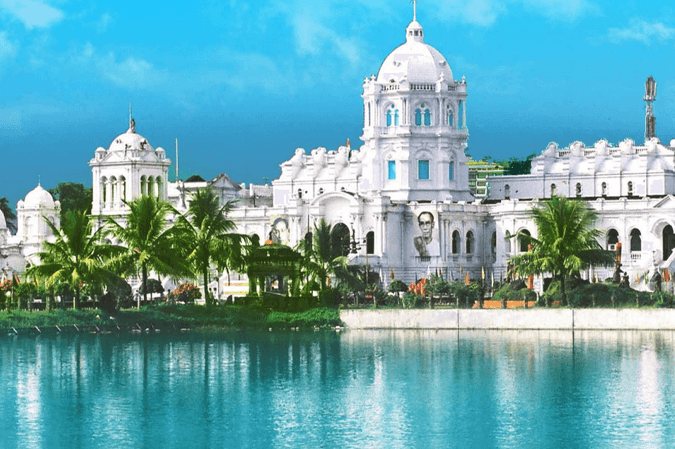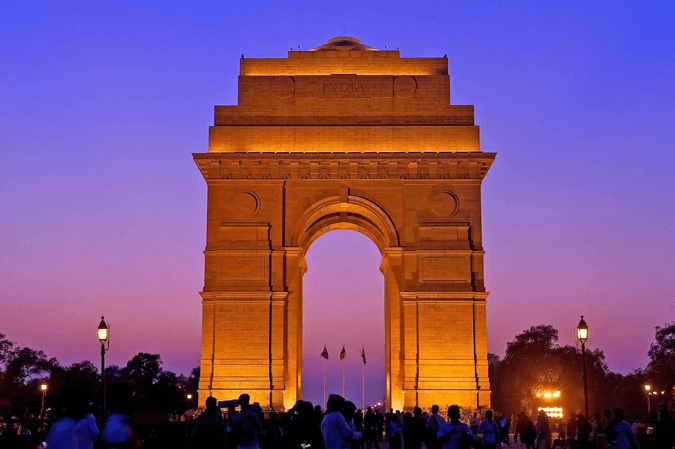Odisha, located on the eastern coast of India along the Bay of Bengal, is a state steeped in ancient history, rich cultural traditions, and natural beauty. Known for its temples, beaches, tribal culture, and rich biodiversity, Odisha plays an important role in India’s heritage and economy.
History
- Ancient Period: Odisha, historically known as Kalinga, was a powerful kingdom and has a significant place in Indian history. The Kalinga War (261 BCE), fought by Emperor Ashoka, marked a turning point in Indian history, as Ashoka embraced Buddhism after witnessing the devastation of the war.
- Medieval Period: The state saw the rise of the Ganga dynasty (11th-15th century CE), which was responsible for constructing the magnificent Jagannath Temple in Puri and the Konark Sun Temple. Later, the Surya dynasty also contributed to the state’s cultural and architectural heritage.
- Colonial Period: Odisha was part of the Bengal Presidency during British rule and later became a separate province in 1936. After India’s independence in 1947, Odisha became a state.
Landscape and Area
- Area: Odisha covers an area of 155,707 km², making it the 8th largest state in India by area.
- Geography: Odisha is marked by a diverse landscape that includes coastal plains, mountainous regions, plateaus, and fertile river valleys. The Eastern Ghats run through the state, and the Mahanadi River and Brahmani River form extensive deltas.
- Coastline: Odisha has a 480 km-long coastline, home to some of India’s most scenic beaches, including Chandipur, Gopalpur, and Puri.
Climatic Conditions
- Tropical Climate: Odisha experiences a tropical climate, with hot and humid summers, moderate rainfall, and mild winters.
- Summer: Temperatures can soar up to 45°C in some regions, especially in the western parts.
- Monsoon: The state receives heavy rainfall during the monsoon season (June to September), mainly due to the southwest monsoon.
- Winter: The winter months (November to February) are more pleasant, with temperatures ranging from 12°C to 25°C.
- Cyclones: Due to its location along the Bay of Bengal, Odisha is vulnerable to tropical cyclones, which often cause significant damage during the monsoon season.
Historical Places
- Konark Sun Temple: A UNESCO World Heritage Site, the temple is a 13th-century marvel known for its intricate stone carvings and architectural grandeur.
- Jagannath Temple, Puri: One of the Char Dham pilgrimage sites, this temple is famous for the annual Rath Yatra (Chariot Festival).
- Lingaraja Temple, Bhubaneswar: A stunning example of Kalinga architecture, this ancient Hindu temple is dedicated to Lord Shiva.
- Udayagiri and Khandagiri Caves: These ancient rock-cut caves near Bhubaneswar are significant for their Jain heritage.
- Dhauli: The site where the Kalinga War took place and where Ashoka embraced Buddhism.
Festivals
- Rath Yatra: The most significant festival of Odisha, celebrated in Puri, where deities are taken out in grand chariots.
- Durga Puja: A major festival celebrated with grandeur, especially in Cuttack, known for its silver filigree work on idols.
- Chhau Festival: This festival showcases the traditional Chhau dance, a unique tribal martial dance form.
- Puri Beach Festival: Celebrates the state’s coastal culture with events like sand art, traditional dance, and music performances.
Environment and Biodiversity
- Forests: Odisha has extensive forest cover, which includes tropical moist deciduous and tropical dry deciduous forests. Key forest areas are found in the Similipal and Satkosia reserves.
- National Parks and Sanctuaries:
- Similipal National Park: Known for its rich biodiversity, including tigers, elephants, and other wildlife.
- Bhitarkanika National Park: Famous for its mangroves and saltwater crocodiles, this park also hosts a variety of bird species.
- Coastal Ecosystem: Odisha’s coastline supports rich marine biodiversity and unique ecosystems, such as the Chilika Lake, Asia’s largest brackish water lagoon, which is a hotspot for migratory birds and marine life.
Society
- Languages: Odia is the official language of Odisha and is widely spoken across the state. Hindi, Bengali, and tribal languages are also spoken.
- Population: Odisha has a population of approximately 46 million (as of the 2021 census).
- Tribal Communities: Odisha is home to one of the largest tribal populations in India, with about 62 tribal communities. The Santals, Gonds, and Bondas are among the most prominent tribes.
- Economy: Odisha’s economy is primarily based on agriculture, with rice being the staple crop. The state is also rich in mineral resources like coal, iron ore, and bauxite. Bhubaneswar and Rourkela are growing industrial hubs.
- Culture: Odisha has a unique cultural heritage that includes classical dance forms like Odissi, traditional music, and handicrafts such as Pattachitra painting.
Interesting and Hidden Facts
- Chilika Lake: The largest coastal lagoon in India and the second largest in the world. It is a major stopover for migratory birds from Siberia.
- Silver Filigree Work: Cuttack is famous for its intricate silver filigree craftsmanship, especially during the Durga Puja festival.
- Ancient Maritime Trade: Odisha was historically an important maritime state, with ancient trade routes connecting it to Southeast Asia. The Bali Jatra Festival commemorates this history.
- Hidden Gem – Chandipur Beach: Known for its unique phenomenon where the sea recedes by up to 5 km during low tide, revealing the seabed.
Sources
- Government of Odisha’s official website
- Odisha Tourism Development Corporation (OTDC)
- “The History and Culture of Odisha” by Dr. Ramesh Prasad Mohapatra
- National Geographic – India State Guide
- Image Source: Wikipedia



